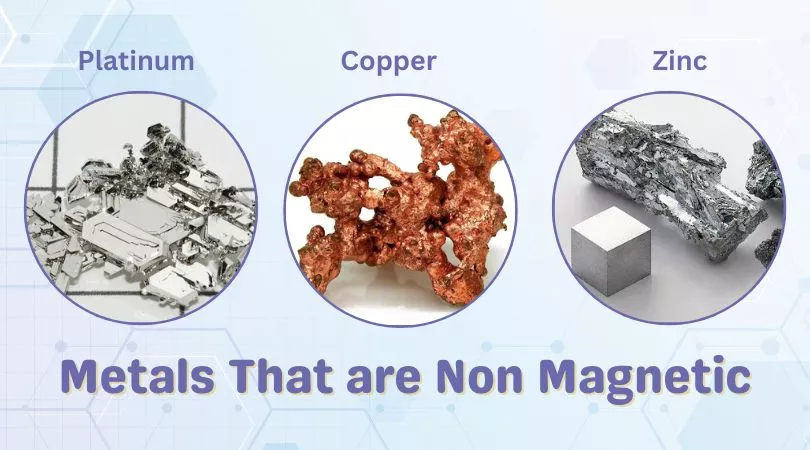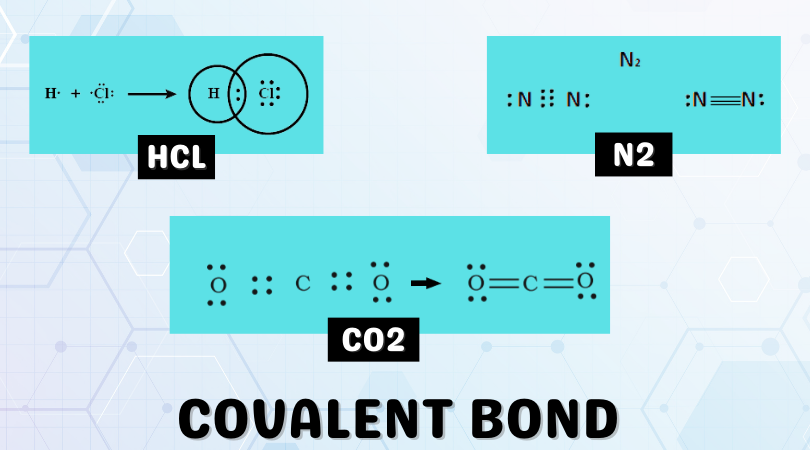The modern periodic table consists of 118 elements. The elements are classified as metals, non-metals, and metalloids.

Metals form ionic compounds with non-metals by giving up an electron. Metals form unique metallic bonds with other metals to form metallic compounds.
These metallic compounds are good conductors of electricity while also being malleable and ductile. Metals combine to form alloys such as bronze, brass, and steel to achieve superior physical properties.
Each metal atom loses one or more valence electrons in metallic compounds to form an electron sea that surrounds the other particles. Electrons within the ocean can move around freely, leading to some interesting effects. One such effect results in the fascinating magnetic properties shown by these metallic compounds. You should note that metals are the only elements that are magnetic. However, some metals are magnetic, and some aren’t. This article aims to illustrate the types of magnetism and highlight a few non-magnetic metals. In the next section, let us dive deeper into the magnetic properties of metals.
Contents
Magnetism in metals
Metals are the only elements that are magnetic. Why is this so? Electromagnetic forces are the cause of magnetic phenomena. A moving electric charge, i.e., an electron, generates a magnetic field perpendicular to it. The uneven distribution of electrons, i.e., the electron sea alluded to earlier, forms magnetic domains when their magnetic dipoles align in the same direction. Magnetic dipoles result from the electron’s orbit around the nucleus and its spin-orbital moment. The presence of unpaired electrons is a precursor to observed magnetism in metals.
The magnetic behavior exhibited by metals depends on domain alignment and temperature. At higher temperatures, magnetic domains (clusters of free electrons) are increasingly unaligned, reducing magnetic strength. Metals and other substances are classified based on their magnetic properties as follows:
- Diamagnetic: Atoms in a diamagnetic substance possess net zero magnetic moments when there is no external field. In the presence of an external magnetic field, a weak repulsive effect is induced into the substance. All elements feature a diamagnetic response to magnetic fields, however, the effect is masked by more powerful paramagnetic or ferromagnetic effects in other elements. Examples include H2O, Au, and NaCl.
- Paramagnetic: Paramagnetic compounds are weakly attracted to a magnetic field due to the presence of unpaired electrons. When exposed to an external field, the unpaired electrons’ spin is aligned parallel to the field, causing net attraction. Paramagnetic substances do not retain any magnetization effects in the absence of an external magnetic field. Examples include Al, O2, and Ti.
- Ferromagnetic: A few substances, such as Fe, Co, and Ni, are strongly attracted to applied magnetic fields. In addition to possessing unpaired electrons, metal ions group themselves into domains that align with the field to produce a strong net attraction. These domains remain aligned even after removing the applied field, leading to permanent magnetization. In an unmagnetized piece of Iron, the inherent domains are aligned randomly; however, the presence of an applied field produces a significant magnetic effect.
- Antiferromagnetic: Antiferromagnetic substances have a similar domain structure to ferromagnetic substances; however, their inherent domains are oriented opposite to each other, canceling the magnetic moment. This results in no net magnetic moment and, therefore, no magnetization. Chromium is the only element in the periodic table that exhibits antiferromagnetism at room temperature.
- Ferrimagnetic: Ferrimagnetic substances possess domains aligned parallel and anti-parallel in unequal numbers. They are weakly magnetized in applied fields relative to ferromagnetic materials. Ferrimagnetism occurs in substances with more complex crystal structures close to pure elements. Examples include Fe3O4 (Magnetite) and other ferrites.
Why are some metals non-magnetic?
We can classify diamagnetic and paramagnetic substances as non-magnetic due to the large disparity in magnetic susceptibility relative to ferromagnetic substances. Ferromagnets are strongly attracted to applied magnetic fields and retain their magnetic properties at room temperature despite the absence of an applied field.
At room temperature, we classify most metals as non-magnetic due to their inherent diamagnetic and paramagnetic nature. The free electrons within metals such as gold, silver, and aluminum aren’t attracted to external magnetic fields due to a lack of aligned domains or said localized domains canceling each other out. There is a noticeable lack of magnetic behavior at room temperature.
Therefore, some metals are classified as non-magnetic due to their inherent electronic structures and lack of aligned domains under a magnetic field.
17 Non Magnetic Metals
Now that we’ve established the types of magnetism and why some metals aren’t magnetic, let’s look at a few examples listed below.
1. GOLD [Au]

Gold is classified as diamagnetic and is weakly repelled by an external magnetic field. Gold is one of the least reactive elements and finds use in several applications ranging from jewelry to semiconductors. It is also highly malleable and ductile. Tungsten which is slightly attracted to strong magnets has been used to produce counterfeit gold bars. For practical purposes, we can say that gold is a non-magnetic metal. It’s reasonable to assume that your gold jewelry is fake if it is attracted to a regular magnet.
2. SILVER [Ag]

Silver is a soft, white transition metal with the highest reflectivity and electrical and thermal conductivity of any metal in the periodic table. However, like gold- silver is also diamagnetic, classifying the metal as non-magnetic. Silver is used widely in solar panels, currency, and jewelry.
3. COPPER [Cu]

Copper is a naturally occurring metal that is malleable and ductile. It also features remarkable electrical and thermal conductivity. Copper has low magnetic susceptibility and can be classified as diamagnetic or non-magnetic for practical purposes. However, scientists have demonstrated magnetic braking effects with a falling magnet inside a copper-based conductor due to a buildup of eddy currents. Copper is used widely in hardware, electrical conductors, and utensils.
4. ZINC [Zn]

Zinc is classified as diamagnetic and is considered non-magnetic at room temperature. Zinc is an essential trace element in humans and animals. A zinc deficiency is associated with many diseases. What’s interesting here is that, like copper, exposing zinc to a strong magnetic field induces small eddy currents that repel the field. However, zinc is practically considered non-magnetic.
5. GALLIUM [Ga]

Gallium is a soft, silvery metal liquid at room temperature with a melting point of approximately 29°C. It is classified as diamagnetic with one unpaired electron in its outer shell. Gallium becomes paramagnetic in a liquid state due to the emergence of spontaneous magnetic moments. Therefore, gallium is also a non-magnetic metal.
6. TIN [Sb]

Tin or beta-tin to be specific is metallic and is classified as paramagnetic. Under normal circumstances, it is classified as non-magnetic. Tin is used as a soldering ingredient alongside lead and as packaging in canned products.
7. CADMIUM [Cd]
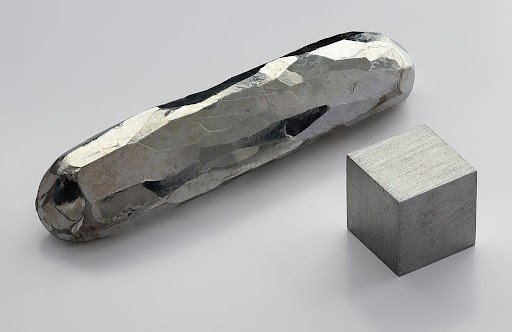
Cadmium is a soft, silvery-white metal that resides in group 12 on the periodic table. Commercial use of cadmium is prevalent in batteries (Ni-Cd), pigments, and the laboratory. Manufacturers also use cadmium as a protective plate on other metals. Cadmium has low magnetic susceptibility and is classified as diamagnetic, implying that it is also non-magnetic.
8. MERCURY [Hg]
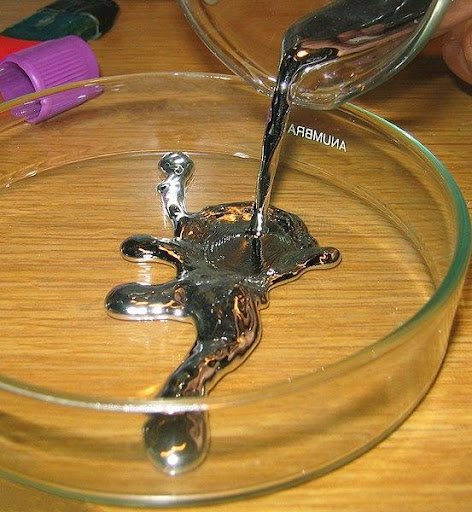
Mercury or quicksilver is a heavy, silvery metal that is famously liquid at room temperature. It is used in thermometers, barometers, and other valves and instruments. It is also used in amalgam for dental restoration and fluorescent lighting. Mercury is classified as a health and environmental hazard.
Mercury is classified as diamagnetic, and at temperatures below 4 Kelvin, it turns into a superconductor. It weakly repels a magnet at room temperature and is practically non-magnetic (not attracted to a magnet).
9. LEAD [Pb]

Lead is a heavy, relatively dense grey metal that is highly toxic. Unlike other metals, lead forms covalent bonds and polyhedral structures. Lead is non-magnetic and is classified as diamagnetic at room temperature. The characteristic repulsive effect seen in diamagnets isn’t noticeable in lead with the naked eye in standard atmospheric conditions.
10. CHROMIUM [Cr]
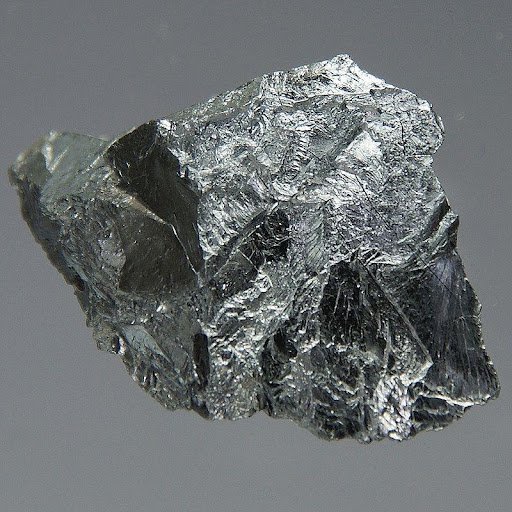
Chromium is a lustrous, steel-grey transition metal. It is valued for its high corrosion resistance and hardness. Chromium is widely used in the production of stainless steel and chrome plating. Chrome plating protects against oxidation.
Chromium is the only element in the periodic table that shows antiferromagnetism at room temperature. This gives the metal a high reflectance in both infrared and visible light. Antiferromagnetic metals have domains that are anti-parallel to each other, canceling out to produce no magnetic effect. Chromium is, therefore, non-magnetic.
11. BISMUTH [Bi]

Bismuth is a pnictogenic radioactive metal with a brittle, silvery-brown (rose) sheen. Bismuth is the most diamagnetic element in the periodic table. It has a molar magnetic susceptibility of -280.1 x 10-6 cm3/mol. Bismuth is also one of the least thermally conductive metals. Bismuth can be classified as non-magnetic.
Bismuth compounds are used in cosmetics, pigments, and pharmaceuticals. Bismuth subsalicylate is used in the treatment of diarrhea. With the notable toxicity of lead, manufacturers are turning to bismuth alloy as an alternative.
12. THALLIUM [Th]

Thallium is a silvery-white post-transition heavy metal element that is highly toxic. It is derived from sulfide ores and used in electronics, infrared detectors, and pharmaceutical industries. Thallium, which stands next to lead in the periodic table, is also diamagnetic, making it non-magnetic at room temperatures.
13. INDIUM [In]

Indium is a lustrous, silver-grey, soft non-alkali metal with a magnetic susceptibility of -64.0×10−6 cm3/mol. A low magnetic susceptibility means that Indium is diamagnetic and hence non-magnetic. Like gallium above it in the periodic table, Indium can also wet glass. Indium is considered a technology-critical element due to its use in semiconductors, LEDs, nuclear rods, and ultra-high vacuum applications.
14. ALUMINUM [Al]
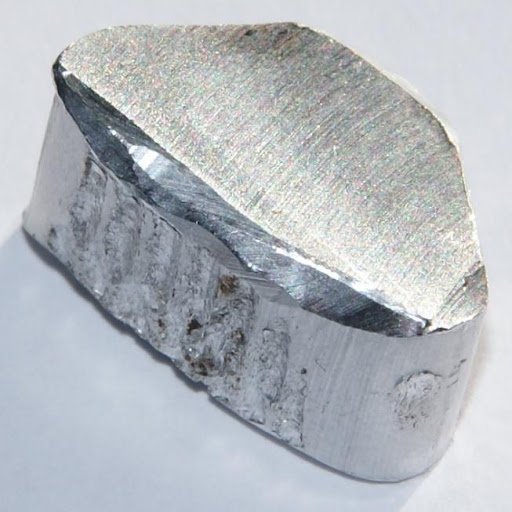
Aluminum is a soft, non-magnetic, and ductile element. It resembles silver in both appearance and the ability to reflect light. Aluminum has a molar magnetic susceptibility of +16.5×10−6 cm3/mol making it paramagnetic. The substance is not attracted to a magnet under normal conditions, but there is some magnetic interaction. The introduction of a magnetic field induces electric currents causing interference when a magnet passes through these fields.
Aluminum is generally non-magnetic and does not stick to a magnet at room temperature. It is used in many applications, including bicycle frames, canned packaging, and aerospace structures.
15. TITANIUM [Ti]

Titanium is a lustrous silvery transition metal with high strength and remarkable corrosion resistance. Titanium is regularly alloyed with other metals for use in many industrial applications. Its high strength-to-density ratio makes it suitable for aerospace applications. Titanium has a magnetic susceptibility of +153.0×10−6 cm3/mol making it paramagnetic. However, it is non-magnetic and a poor conductor of heat and electricity. Patients with titanium implants can safely be examined with an MRI machine since Titanium is non-magnetic.
16. PLATINUM [Pt]

Platinum is a dense, ductile, malleable silver-white transition metal. It is highly unreactive and non-magnetic. Platinum is a rare earth metal used in catalytic converters, glass manufacturing, and laboratory equipment. Platinum is paramagnetic and has magnetic susceptibility of +201.9 × 10−6 cm3/mol. However, platinum jewelry sometimes sticks to magnets-this is because platinum is mixed with other metals to provide a harder and malleable fit.
Pure platinum is non-magnetic.
17. MAGNESIUM
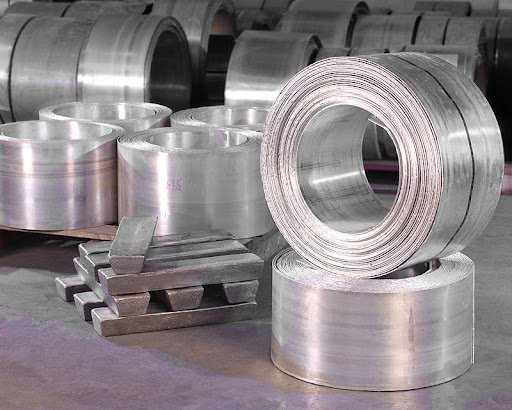
Magnesium is a silvery white alkaline earth metal that burns in air with a bright, white flame (Magnesium ribbon experiment). Magnesium is used in photographic devices, flares, and pyrotechnics. It is also an essential component of alloys used in aerospace and automobile structures. Magnesium, alongside zinc, is a necessary component of human nutrition.
Magnesium has a magnetic susceptibility of +13.1×10−6 cm3/mol making it paramagnetic and, by extension, non-magnetic.
NON-MAGNETIC ALLOYS
Metals combine with other metals to form alloys with superior properties. These alloys are too widely used to be ignored in this discussion. Below is a list of non-magnetic metal alloys.
BRONZE
Bronze is an alloy of copper, tin, and trace amounts of other metals/metalloids. Large amounts of nickel make bronze substances slightly more magnetic; however, this is usually not the case. The significant use of bronze in structures, weapons, and tools ushered in the Bronze Age around 4000 BCE.
BRASS
Brass is an alloy of Copper and Zinc, two non-magnetic metals. Brass is commonly used in decorative pieces, corrosion-proofing, and low-friction applications. It is non-magnetic.
PEWTER
Pewter is a malleable metal alloy made predominantly from the tin. The constituents of pewter are non-magnetic metals, and this property is passed on to the alloy. Pewter has been used in plates, rings, and other utensils over the ages.
Frequently Asked Questions
What jewelry metals are non-magnetic?
Gold, Silver, and Platinum are examples of non-magnetic metals used in jewelry.
Why are some metals non-magnetic?
Most metals are either paramagnetic or diamagnetic. Metals under these categories do not produce a strong response to an external magnet and are deemed non-magnetic.
What silver-colored metals are non-magnetic?
As the name suggests, silver is non-magnetic. Other examples include aluminum, platinum, and magnesium, among others.
